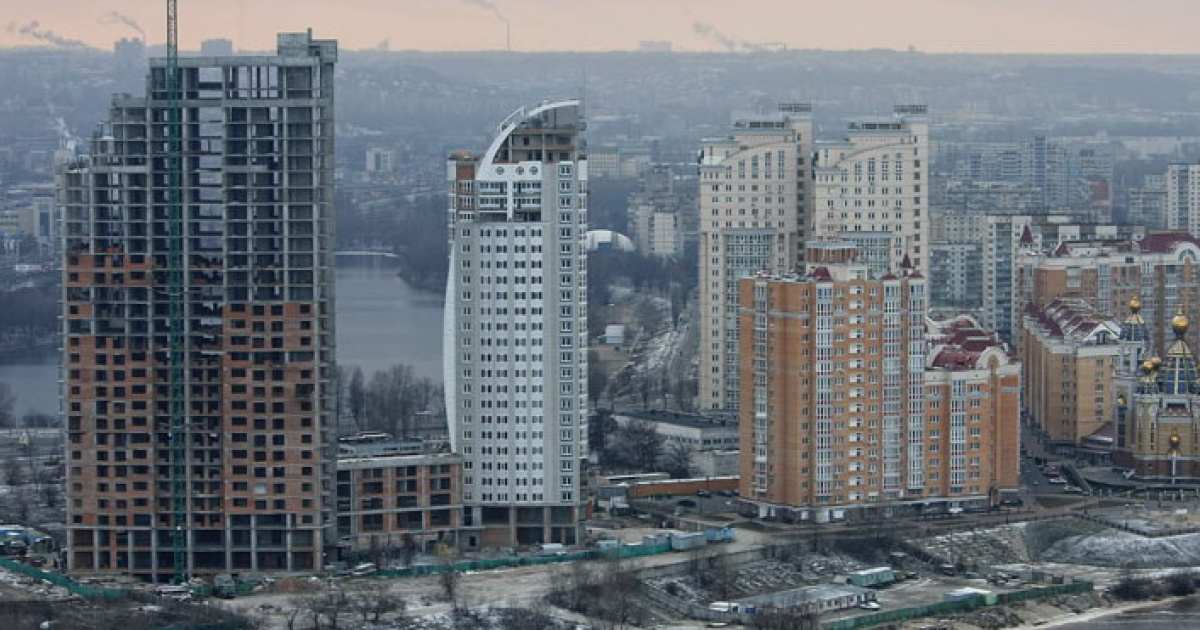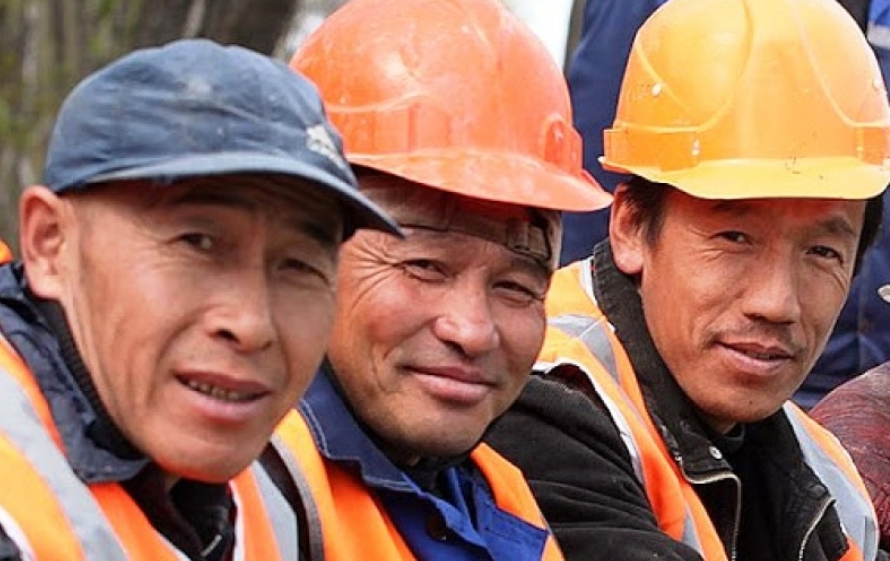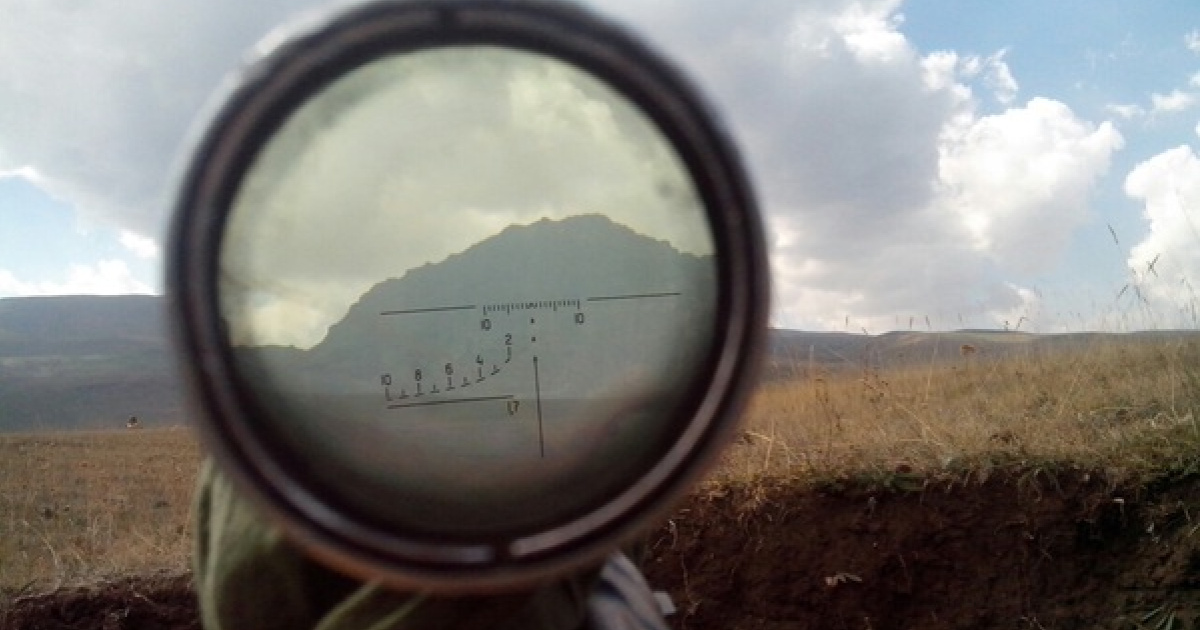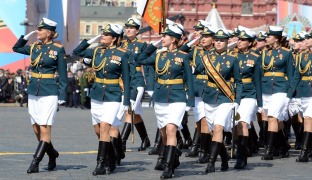
The war has created a colossal housing shortage in Ukraine. Barbaric shelling by russian forces has destroyed entire cities in Donbas. However, this has not led to a construction boom even in the relatively safe central and western regions. The construction industry continues to decline, and it is difficult to say whether we will reach the bottom this year. There are several reasons for this.
Deferred demand
According to the (at that time) head of the Donetsk Oblast Military Administration, Pavlo Kyrylenko, russian military actions destroyed 81,500 private residential homes in the region. Fully or partially damaged were 5,400 multi-apartment buildings.
"This is essentially the largest number of destructions in Ukraine caused by the war, and it is precisely the Donetsk oblast that is the key outpost holding back the enemy", - Kyrylenko said in a statement to the media on August 8.
According to the estimates of the British consulting company Ernst & Young, the scale of property destruction across Ukraine exceeds the volumes of all new housing put into operation in the last seven years.
Ernst & Young's analytical review was published in March of this year, with its authors using data as of September 2022. By that time, 74.1 million square meters of housing, more than 7% of the entire housing stock, had already been destroyed or damaged. This figure has significantly increased over the past year.
The continuation of hostilities in Donbas does not allow for the commencement of new housing construction to replace what has been destroyed. It has become necessary to settle for repair work where there is the possibility to partially restore damaged houses. For example, patching up roofs punctured by shelling.
However, in the central and western regions, there's no need to wait for the war to end. A significant number of displaced people from the Southeast are in need of housing, and construction companies have room to expand.
Nevertheless, in 2022, the total area of housing put into operation decreased by 38% compared to the previous year, amounting to 7.1 million square meters (18,300 private houses and 74,300 apartments).
For January-March of this year, there was another decline of 36% compared to the same period in 2022. According to INSPI Development, in the first quarter of this year, only 30% of new construction projects initiated before the full-scale invasion continued active construction work.
Statistics for the first quarter of this year show that the leading regions in terms of the volume of newly commissioned housing were the Vinnytsia and Kyiv oblasts.

Put into operation in 2023, million square meters (as of May 2023)
In the Vinnytsia oblast, they have already put into operation more "turnkey" square meters in January-March than in the entire pre-war year of 2020.
And since the favorable construction season lasts from April to September, national indicators for January-June have also improved, according to State Statistics. The introduction of new housing into operation increased by 1.4 times compared to the same period in 2022, totaling 3.59 million cubic meters.
The most housing was put into operation in the Kyiv oblast - 594.3 thousand square meters, Kyiv - 544.1 thousand square meters, the Vinnytsia oblast - 459.2 thousand square meters, Lviv - 340 thousand square meters, Ivano-Frankivsk - 246.7 thousand square meters, and the Zakarpatska oblast - 176.3 thousand square meters.
However, as noted by the consulting agency "Best Ukrainian New Buildings" (LUN), the growth was achieved by completing projects that had already started before the war. After the war began, apartment sales opened up in only 162 residential complexes across Ukraine, despite the huge demand.
But is there really such demand? There is a large number of displaced people in need of housing, but few of them can afford to buy a new apartment in Vinnytsia or Uzhhorod, not to mention Kyiv, where in January-June this year, apartments in new "premium" buildings were sold for $4153 per square meter, "business-class" for $2377 per square meter, "comfort-class" for $1372 per square meter, and "economy-class" for $1077 per square meter, according to data from the investment and development company City One Development. Prices in Odesa and Lviv are almost the same as in the capital.
Finally, many people would like to return to their home towns after the war ends, and they do not consider buying housing in western regions.
Therefore, according to Ernst & Young, in Western Ukraine, demand for apartments in new buildings is around 30% of pre-war levels, in Kyiv, the overall demand is 10-20%, including interest in secondary housing in "old" buildings.
eOselia exists, but housing does not
It would seem that the authorities have done everything necessary to promote new housing construction now, without waiting for the end of the war. President Volodymyr Zelensky initiated the adoption of the eOselia state program in 2022, under which most citizens, including displaced persons, can take out a loan to purchase housing at an interest rate of 3-7% annually in Ukrainian hryvnias. This can be considered an almost interest-free loan.
However, it was only in July of this year that the Cabinet of Ministers expanded the program to include all Ukrainians who were left without housing due to the war. Previously, it was only available to law enforcement officers, military personnel, teachers, medical professionals, and scientists. That is, the effect of this (somewhat belated) decision has not yet had an impact on construction statistics. However, industry experts are not particularly optimistic.
Volodymyr Sementsov, Managing Partner of INSPI Development, suggests that the implementation of eOselia will focus on the "secondary" market and newly commissioned buildings. Not on projects where construction is ongoing, even with sufficient financing. Moreover, according to Sementsov, developers are not yet confident in the continuity of funding for this mortgage state program.
There are also questions about the developers themselves. During the pre-war period, they used various schemes to pay fewer taxes to the state. It can be said that only a few worked honestly in relation to the government.
In the eOselia program, only construction companies that do not engage in tax evasion schemes in apartment sales can participate. The relevant Cabinet of Ministers Resolution No. 596 was adopted on June 13 of this year.
According to Sementsov, the overwhelming majority of developers are not ready for a rapid transition to new financing schemes. Consequently, they won't be able to participate in eOselia.
To confirm this, the expert provides the following data: in the month following the expansion of the program to include all homeless Ukrainians across the country, only 10 contracts for purchasing apartments in under-construction buildings were signed within the framework of eOselia.
Another crucial nuance is the standard clause in any contract between a construction company and a buyer of an apartment - force majeure. In legal terms, this means "an act of God" or "unforeseeable circumstances". In the context of war, this clause holds particular significance. What should be done if an enemy missile hits a building under construction and destroys it, like it happened in Dnipro?
It's clear to everyone that this is a force majeure event. The developer is not at fault for not being able to deliver the promised apartment to the buyer according to the contract. However, the developer is not obligated to refund the money paid for that apartment to the buyer, even though the buyer is also not at fault.
Nevertheless, the buyer remains in the most vulnerable position - without money and without an apartment. "The concept of force majeure does not consider the risks of destruction or damage to the object due to military actions. In other words, there are no obligations on the part of the developer to the buyer in the event of such circumstances", - explains Sementsov.
In reality, it's evident that the developer should refund the money to the apartment buyer in such a case. And their own losses should be covered by special insurance against military risks, i.e., by insurance companies. Perhaps a state-owned company could also play a role in this. In any case, this issue requires resolution at the level of the Ukrainian Parliament and the Cabinet of Ministers. Without this, it's challenging to expect investments from the public in housing construction until the war is completely over. But this is a solvable issue. There are more complex challenges ahead.
The eOselia program faces a significant barrier – citizens are required to have official employment to participate in it. At first glance, this seems reasonable: the government is spending money on this program and, in return, wants to deal with those who pay taxes. It's supposed to be a mutual arrangement.
However, this is only a superficial view. OstroV has previously noted the excessive burden on citizens and businesses in terms of payroll taxation. This is why approximately half of the population is forced to work without formal employment. And it's not their fault.
The situation is meant to be addressed by the "10-10-10" tax reform initiated by the presidential office. The reform envisages lowering tax rates to a reasonable level. As a result, a significant portion of the labor market should emerge from the shadows. However, this will only happen after the war, and there's no guarantee that it will happen at all, considering that the International Monetary Fund actively opposes tax reductions for Ukrainians. And, for a moment, the IMF is the main creditor of official Kyiv.
Thus, the prerequisites for a housing construction boom in Ukraine exist right now. However, the necessary conditions are lacking. Volodymyr Sementsov, Managing Partner of INSPI Development, predicts that at least until the end of this year, the market for under-construction housing will remain in its familiar "war-time position" without significant changes.
By Vitaliy Krymov, OstroV




